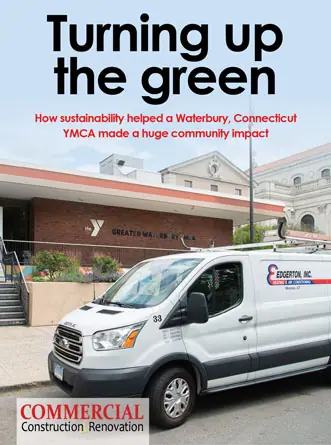
Simply put, a retaining wall is a structure that holds back the soil. While the design
concept is simple, retaining walls are sophisticated construction materials.
Furthermore, the use of retaining walls goes beyond its efficiency in holding back the
ground, as it is also used to boost a property’s aesthetics and curb appeal.
Here are a few practical applications of retaining wall systems for commercial
projects:
Enhance a commercial property’s appearance
With the right materials, retaining walls are attractive features that can enhance the
value of commercial properties. For instance, a curvilinear retaining wall can look
beautiful without further enhancements. Any commercial property can easily stand
out by strategically placing lighting fixtures, plants, and other outdoor decors.
Retaining walls may also be used to construct outdoor pavers and driveways. They
help define the space, directing users of their specific use. For example, contractors
that build upscale commercial properties typically use retaining walls to create
raised areas to frame the entrance with eye-catching raised landscaping beds. Click
here to check out the king post retaining wall panels that can be used to decorate
outdoor commercial features.
Create flat spaces
Flat ground is more useful in commercial properties than steep slopes and inclines.
Retaining walls can transform pitches into flat spaces where sturdy structures such
as parking lots and buildings can be constructed.
Useful slopes
Retaining wall systems are crucial elements for hillside commercial properties when
it comes to implementing the terracing construction technique. Steep lands in urban
spaces are typically used to grow plants, while more expansive flat areas in between
accommodate smaller structures such as brick-and-mortar shops. When used in
commercial properties, terracing reduces the risk of soil erosion in steep places and
makes landscaping activities easier to maintain. Terracing can also create pedestrian
access on steep areas of a commercial property. Ramps are relatively easier to build
than traditional stairs.
Create handicap accessibility
Retaining walls are most commonly used to create sloped ramps for easy wheelchair
access. People with disabilities can easily operate their wheelchairs without
assistance, thanks to the gently sloped ramps installed at the entry and exit points in
commercial properties.
Enhance site drainage
Commercial properties need proper drainage to maintain organization and
cleanliness. Retaining walls are utilized to direct water on a commercial property or
resolve slope issues in nearby bodies of water. Before constructing drainage systems,
developers must uphold existing regulations to avoid penalties in the future.
Hold water effectively
For commercial properties located near bodies of water, retaining walls function as
seawalls that effectively keep water away. It is also used in land reclamation
commercial projects to prevent erosion, keep the shoreline from shifting, and create
a dock for watercraft vessels.
Simple care and maintenance
Landscapes reinforced using retaining walls are easier to maintain than flat areas.
These features also serve as a natural separation between turf and flower beds, thus
reducing construction costs. In addition, the low-maintenance nature of landscapes
constructed with retaining walls can reduce the cost of long-term care and
maintenance.
Retaining walls are highly flexible and versatile materials in commercial construction
projects. Ultimately, the strategic incorporation of retaining walls in various areas of
your commercial property can increase its market value and attract more business in
the long run.







 The 2024 virtual Men’s Round Table will be held Q4, 2024, date TBD.
The 2024 virtual Men’s Round Table will be held Q4, 2024, date TBD.












